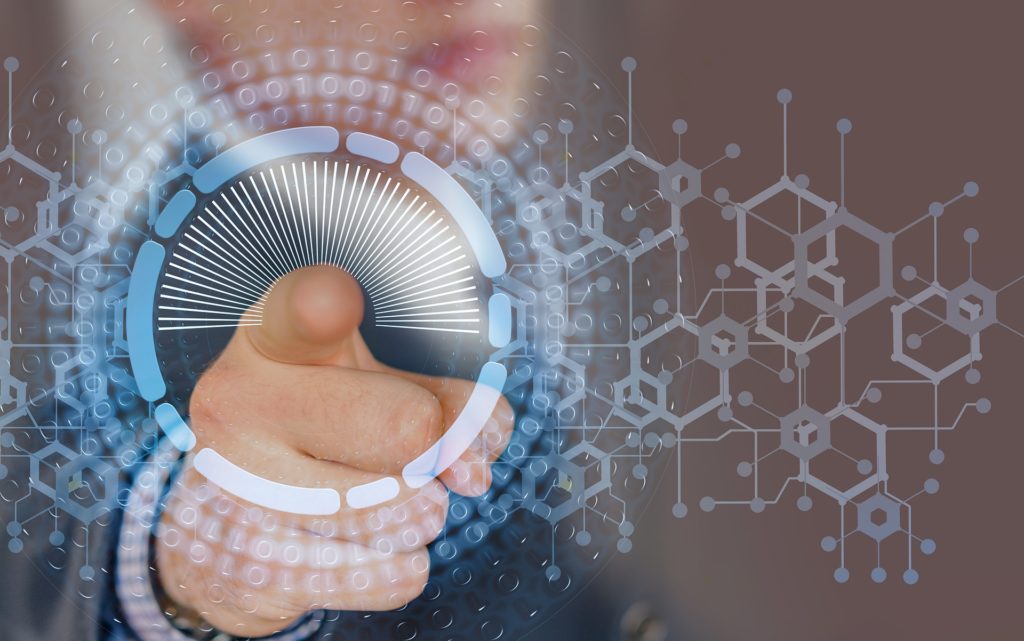How Artificial Intelligence is Changing Video Surveillance Requirements in 2019

Written By Ilan Frank In today’s changing environment, many businesses and public facilities find themselves working very hard to stay alert, active and able to keep up with the growing sophistication of potential threats. While the obvious approach is to increase education and security resourcing, being able to scale and maintain cost-efficiency is a key concern for businesses who take on security internally. To support this wider goal, businesses are turning to the usage of artificial intelligence (AI) to extend their coverage while operating conservatively and more effective. The use of artificial intelligence helps to support decision making by providing relevant facts with real-time data within a secure platform.Facility managers are now looking to AI to help innovate in this area to improve the overall customer experience and reduce potential threats. AI can be added to existing video surveillance platforms, allowing companies to build upon their current infrastructure, as well as increase coverage across hard to monitor areas. By combining artificial intelligence with the maturity of sophisticated video surveillance, network cameras have evolved beyond the traditional arena of security surveillance and commercial protection and into the modern enhancements of operational business intelligence.Crime Alert Security designs and installs extensive video monitoring and surveillance systems for commercial properties. The Crime Alert team has experience working with application areas of varying sizes—from high density commercial properties to high tech office buildings and gated business parks with high traffic.
Practical Applications Of Artificial Intelligence In Video Surveillance:- Boundary Line Detection
An application where an invisible tripwire is set and monitored to detect objects crossing a vital boundary line. A business can use this technology for protecting high-security areas such as network secure areas and servers protecting sensitive data.
- Demographic Identifier
Highly advanced data generates demographic data points about visitors entering a property. The advanced data signals can determine a person’s gender, height and approximate age range by facial recognition and real time data. The analytics are composed to provide statistics across various locations and times of the day. This helps security teams better understand normal behavior patterns from abnormalities and data outliers.As people enter a secure area such as a gate or front door, cameras accurately capture, index, and catalog visitors faces. Sophisticated search algorithms enable security teams to quickly find the recorded video of individuals of interest to expedite investigations of potential threats and alleviate a risk prior to an incident taking place. With facial recognition analytics, stronger cases can be built to be submitted to law enforcement, as well as provide better detection and protection of assets by setting proactive alerts for high risk visitors.
- Sound Detection
While traditional glass sensors are used as a security measure against break ins, video surveillance with AI integrations provide the ability to detect specific sounds with less error and send alerts directly to the appropriate teams.
Examples of sound detection could include voice aggression, car and building alarms, gunshots, and breaking glass. The ability to detect and capture accurate advanced alerts allows security teams to become more proactive and prepared for real threats versus false alarms and non-threats.
- License Plate Recognition
Artificial intelligence automatically captures the license plates of vehicles in real time and compares the unique sequence to a pre-defined list, once completed, the algorithm then takes the appropriate action such as storing the information or generating an alert if needed.
Captured registration plate data can be used to identify motorists at various locations and help inform parking security teams better monitor business lots. The analytics can also be used to capture additional vehicular details like the make, model, and color of the vehicle and, in some cases, an image of the driver.
- Loitering
Artificial intelligence can be used to detect visitors that enter into a specific area and send an alert to the appropriate escalation points if they remain in that area for a predetermined amount of time. For high secure areas, this can help to prevent employees and visitors from hanging out in these secure areas creating a potentially unsafe or undesirable environment for customers.Crime Alert Security offers comprehensive security system and alarm monitoring services. We maintain a 24-hour monitoring center, staffed by operators who have the experience and training necessary to discern between false alarms and serious security concerns. Depending on the information available, we will deploy our own response team or contact local law enforcement, ensuring that your property is protected when it matters most.Our alarm monitoring services don’t just mitigate potential losses. Many insurance companies offer discounts on properties that are continuously monitored. On a practical level, the knowledge that your property is being watched at all times, day and night, is a powerful deterrent to would-be thieves.Whether we’re monitoring your business or home, you can rest assured that at the first sign of intrusion, we’ll be there.
 Written By Ilan Frank In today’s changing environment, many businesses and public facilities find themselves working very hard to stay alert, active and able to keep up with the growing sophistication of potential threats. While the obvious approach is to increase education and security resourcing, being able to scale and maintain cost-efficiency is a key concern for businesses who take on security internally. To support this wider goal, businesses are turning to the usage of artificial intelligence (AI) to extend their coverage while operating conservatively and more effective. The use of artificial intelligence helps to support decision making by providing relevant facts with real-time data within a secure platform.Facility managers are now looking to AI to help innovate in this area to improve the overall customer experience and reduce potential threats. AI can be added to existing video surveillance platforms, allowing companies to build upon their current infrastructure, as well as increase coverage across hard to monitor areas. By combining artificial intelligence with the maturity of sophisticated video surveillance, network cameras have evolved beyond the traditional arena of security surveillance and commercial protection and into the modern enhancements of operational business intelligence.Crime Alert Security designs and installs extensive video monitoring and surveillance systems for commercial properties. The Crime Alert team has experience working with application areas of varying sizes—from high density commercial properties to high tech office buildings and gated business parks with high traffic.Practical Applications Of Artificial Intelligence In Video Surveillance:
Written By Ilan Frank In today’s changing environment, many businesses and public facilities find themselves working very hard to stay alert, active and able to keep up with the growing sophistication of potential threats. While the obvious approach is to increase education and security resourcing, being able to scale and maintain cost-efficiency is a key concern for businesses who take on security internally. To support this wider goal, businesses are turning to the usage of artificial intelligence (AI) to extend their coverage while operating conservatively and more effective. The use of artificial intelligence helps to support decision making by providing relevant facts with real-time data within a secure platform.Facility managers are now looking to AI to help innovate in this area to improve the overall customer experience and reduce potential threats. AI can be added to existing video surveillance platforms, allowing companies to build upon their current infrastructure, as well as increase coverage across hard to monitor areas. By combining artificial intelligence with the maturity of sophisticated video surveillance, network cameras have evolved beyond the traditional arena of security surveillance and commercial protection and into the modern enhancements of operational business intelligence.Crime Alert Security designs and installs extensive video monitoring and surveillance systems for commercial properties. The Crime Alert team has experience working with application areas of varying sizes—from high density commercial properties to high tech office buildings and gated business parks with high traffic.Practical Applications Of Artificial Intelligence In Video Surveillance: